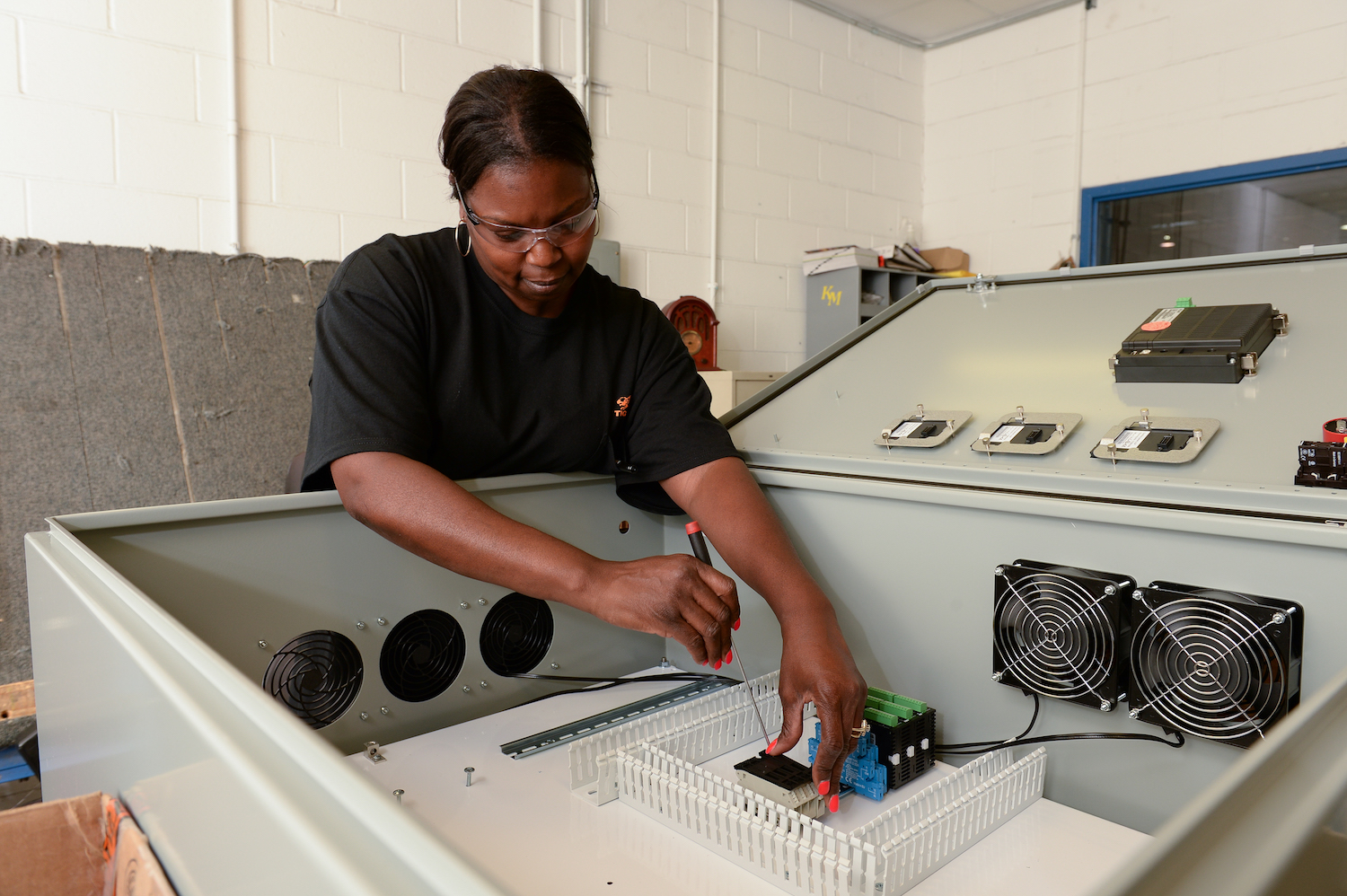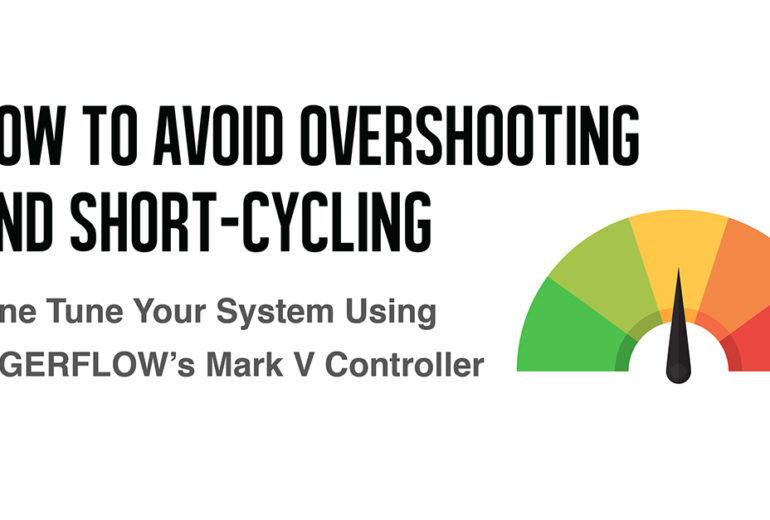When clients order a TIGERFLOW system, that means they already have a need for the system and they want to fill that need as quickly as possible. One of the ways TIGERFLOW makes the overall process more time efficient is by utilizing pre-designed standard assemblies. Read today’s blog to gain a further understanding of our pre-engineered standard assemblies and how they create an added value for our clients.
Understanding Pre-Engineered Standard Assemblies
While there are certain components of an engineered system that will need to be customized to fit the exact project specifications, there are several components that are standard regardless of specifications. By recognizing those components, TIGERFLOW has been able to create “off-the-shelf,” pre-engineered standard assemblies that can be utilized for a variety of TIGERFLOW systems.
Streamlining the Whole Process
Since most packaged booster stations, whether they be ETO or CTO, are the same mechanically, the differences really come from the controls and electric. That means that with our engineers leveraging these “off-the-shelf” components, we’re able to streamline the entire process of engineering, assembly and quality control.
Faster Lead Times
At the end of the day, the utilization of our pre-engineered standard assemblies creates significantly faster lead times. They enable TIGERFLOW to deliver a packaged booster system that meets your needs faster than our competitors without sacrificing any of the quality or attention to detail.
One thing we’ve learned from our decades of experience that always rings true is that time is of the essence. The longer it takes for a client’s system to be made, the longer they go without a solution to a problem or need. This kind of waiting game can be a major headache, and a costly one at that. TIGERFLOW is always working towards keeping our systems and processes cutting edge, and the creation and utilization of these pre-engineered standard assemblies are just one of the many ways we continually drive innovation in our industry.
Author: Erik Kurek, Mechanical Engineer















